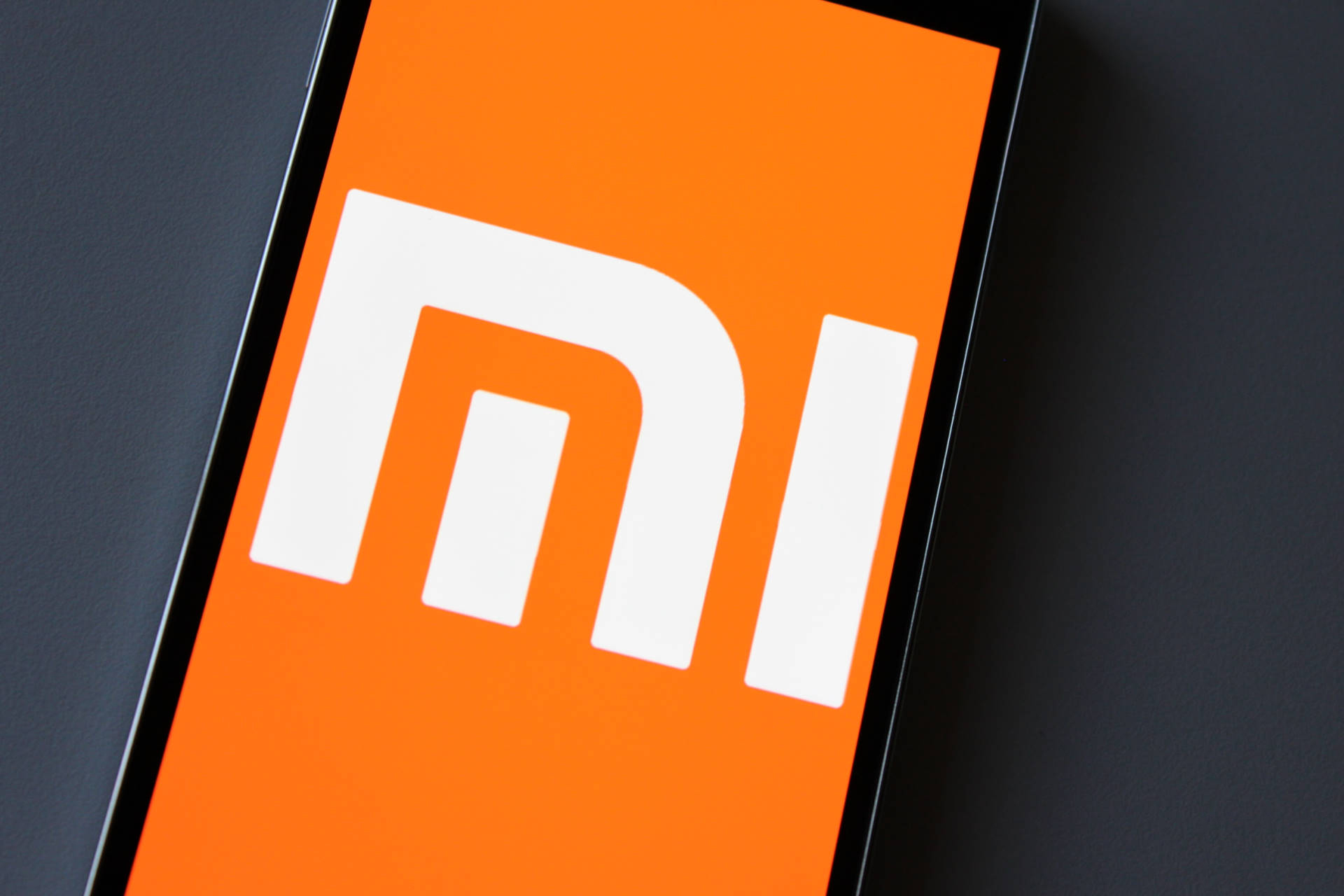
Xiaomi as an Example of a Successful Post-Mobile Company
Xiaomi has seen an astonishing level of success, since the company was founded in 2010 by serial entrepreneur Lei Jun, who was named Businessman of the Year by Forbes in 2011. The company is now the third biggest smartphone manufacturer and has 16.4% share of the Chinese smartphone market.But this $45 billion company led by a man who happily admits that being greatly influenced by Steve Jobs doesn’t want to be regarded as a smartphone business. Xiaomi insists that they are an internet company – a new kind of company that deals primarily with rapid innovation, community building, and lifestyle.
They see that in our post-mobile, interconnected world, tech companies have become much more than providers of useful gadgets. Our entire work and personal lives revolve around tightly integrated ecosystems developed by companies such as Google, Microsoft, Amazon, and, of course, Xiaomi.
But to understand how Xiaomi got there and where the company is going, we have to understand how they managed to sell over 70m smartphones in 2015 alone.
High-End Products Without High-End Prices
Xiaomi is often compared with Samsung and Apple, even though the company targets a substantially different market. Their bread and butter are devices with high-end specifications and affordable prices. Such products appeal mainly to tech-savvy people and members of the younger generation who don’t have enough disposable income to afford often obscenely expensive flagship models from premium smartphone manufacturers.In India alone, there are more than 700 million consumers under the age of thirty. When Xiaomi’s devices go on sale in this market, the company often sells their entire stock in just a few seconds. For example, the entire first batch of Mi 4 smartphones in exactly 37 seconds, according to GSMArena.
A flagship device from, let’s say, Samsung is going to cost you around $600, but a device with similar or even better specifications from Xiaomi sells for just $400. And if you lower your expectations just a little bit and look at Xiaomi’s mid-range smartphones, then you are suddenly dealing with prices and value unrivaled by any established mobile manufacturer.
The younger market that Xiaomi targets is also a lot more passionate and vocal about their gadgets. There’s no need for Xiaomi to spend large sums of money on advertising – their own fans will spread the word out.
Lifestyle Company
In an interview for Wired, Lei Jun said, “Think of Xiaomi as a company that is bringing innovation to everyone. We put an emphasis on high-quality products that help to create a connected lifestyle for everyone as we move into a new era of technological innovation. This doesn’t only mean smartphones, tablets, TVs, routers — we invest in startups that form what we call an ecosystem. They make products that are sold on Mi.com, ranging from power banks to wearables to air and water purifiers, so we have hundreds of products that come together to create a lifestyle.”This “lifestyle approach” could be the key to Xiaomi’s total dominance in the second part of this decade. As their core audience gets older, they are going to settle and shift their collective gaze from smartphones, tablets, and laptops to refrigerators, microwave ovens, water and air purifiers, air conditioners, smart light bulbs, smart weighing scales, and all those other products that Xiaomi is investing their time, money, and effort into.
In this new environment, a smartphone is going to be a sort of central hub that brings everything together. Similarly, a Mi account is going to be a form of personal identification that unlocks not just an online cloud storage – but the entire world around us.
Comments
Tags: mobile application development, mobility, xiaomi
Trackback from your site.